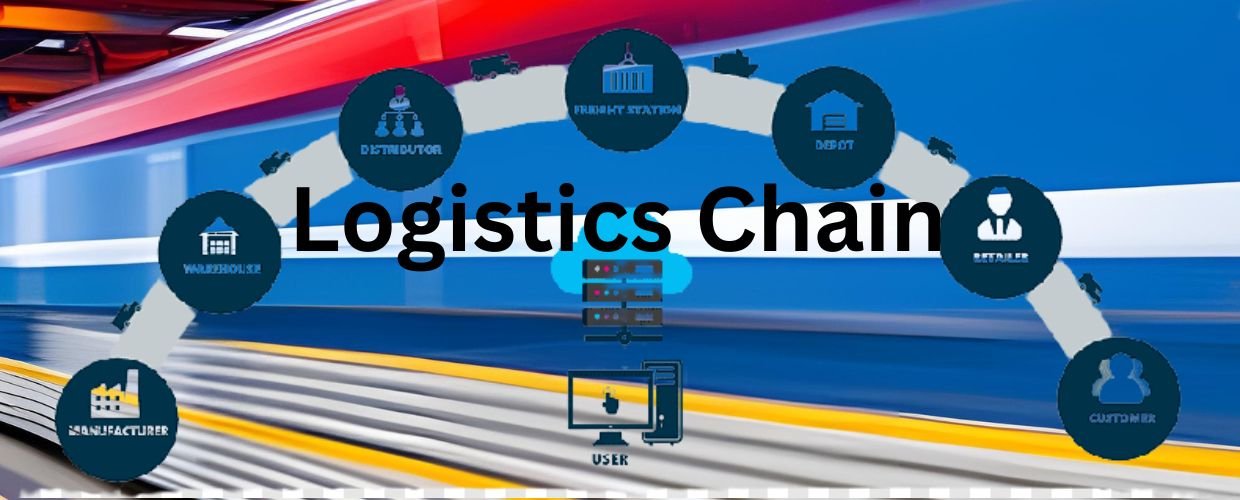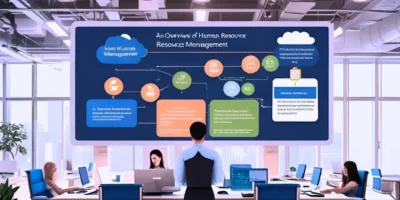In today’s globalized economy, the logistics chain plays a pivotal role in ensuring the efficient movement of goods from suppliers to customers. It encompasses the complex network of activities, processes, and stakeholders involved in planning, implementing, and controlling products’ physical and informational flow. It spans transportation, warehousing, inventory management, and information systems, all working together to meet customer demands while minimizing costs. This article explores the concept of the logistics chain, its key components, and its impact on supply chain management.
Understanding the Logistics Chain
The logistics or the supply or value chain encompasses the end-to-end process of delivering products or services to customers. It involves coordinating physical and informational activities across multiple entities, including suppliers, manufacturers, distributors, retailers, and customers. The logistics chain focuses on optimizing the flow of goods, services, and information to ensure timely delivery, minimize costs, and meet customer expectations.
Key Components of the Logistics Chain
The key components of the logistics chain are critical to ensuring that goods are transported efficiently and effectively. From transportation and warehousing to inventory management and order fulfillment, every step in the chain must be carefully planned and executed to ensure that products are delivered on time and in good condition.
Procurement
The logistics chain begins with procurement, which involves sourcing raw materials, components, or finished products from suppliers. Effective procurement strategies aim to ensure a reliable and cost-effective supply of inputs, maintain optimal inventory levels, and establish strong supplier relationships.
Transportation
Transportation is a critical component of the logistics chain, involving the movement of goods between various points, such as factories, warehouses, distribution centers, and customers. Transportation modes include road, rail, air, sea, and multimodal options. Efficient transportation management minimizes transit times, reduces costs, and ensures the timely delivery of products.
Warehousing and Inventory Management
Warehousing and inventory management are integral to the logistics chain. Warehouses serve as storage facilities for goods, enabling efficient inventory management, order fulfillment, and distribution. Effective inventory management optimizes stock levels, reduces holding costs, and prevents stockouts or overstocking. Advanced technologies, such as barcode scanning and automated inventory systems, enhance accuracy and efficiency in warehouse operations.
Information Systems
Information systems play a crucial role in the logistics chain, facilitating the flow of information among different entities. These systems include enterprise resource planning (ERP), warehouse management systems (WMS), transportation management systems (TMS), and electronic data interchange (EDI). Integrated information systems enable real-time tracking of inventory, efficient order processing, demand forecasting, and collaboration among stakeholders.
Demand Planning and Forecasting
Demand planning and forecasting help organizations anticipate customer demand and align production and logistics activities accordingly. Accurate demand forecasting minimizes the risk of stockouts or excess inventory, enabling organizations to meet customer demands effectively while optimizing costs. Advanced analytics and data-driven forecasting techniques enhance the accuracy of demand planning.
Customer Service and Order Fulfillment
Customer service and order fulfillment are crucial components of the logistics chain, focusing on delivering products to customers promptly and meeting their expectations. Effective order management, tracking, and customer support ensure timely and accurate order processing, transparency, and customer satisfaction.
Impact of the Logistics Chain on Supply Chain Management
The logistics chain plays a crucial role in the overall management of the supply chain. By carefully managing every process step, businesses can ensure that their products are delivered on time, customers are satisfied, and revenue streams are maximized.
Cost Efficiency
An optimized logistics chain reduces operational costs throughout the supply chain. By streamlining transportation, warehousing, and inventory management processes, organizations can minimize transportation costs, storage costs, and inventory holding costs. Effective cost management enhances profitability and enables organizations to offer competitive pricing to customers.
Operational Efficiency
Efficient logistics chain management enhances overall operational efficiency. Organizations can reduce lead times, improve order fulfillment rates, and increase productivity by synchronizing activities, eliminating bottlenecks, and optimizing workflows. It leads to enhanced customer satisfaction and improved competitiveness in the market.
Supply Chain Visibility
It provides supply chain visibility, enabling organizations to track and monitor the movement of goods at each stage. Real-time visibility into inventory levels, transportation status, and order processing facilitates proactive decision-making, reduces risks, and improves responsiveness to customer demands.
Collaboration and Coordination
Effective management of the logistics chain fosters collaboration and coordination among stakeholders. By sharing information, integrating processes, and establishing strong partnerships, organizations can enhance communication, reduce lead times, and improve overall supply chain performance. Collaboration ensures seamless coordination and enables agile responses to market dynamics.
Customer Satisfaction
An optimized logistics chain contributes to high levels of customer satisfaction. Organizations can meet customer expectations and build long-term relationships by ensuring on-time delivery, accurate order processing, and effective customer support. Satisfied customers are more likely to become repeat customers and advocates for the organization’s products or services.
Conclusion
The logistics chain is crucial in efficiently moving goods and information from suppliers to customers. Organizations can optimize supply chain performance, reduce costs, enhance operational efficiency, and improve customer satisfaction by managing procurement, transportation, warehousing, inventory, information systems, demand planning, and customer service.
Effective logistics chain management enables organizations to adapt to market demands, minimize risks, and gain a competitive edge in today’s dynamic business environment. Embracing advanced technologies, data-driven decision-making, and collaboration among stakeholders is key to unlocking the full potential of the logistics chain and achieving supply chain excellence.













